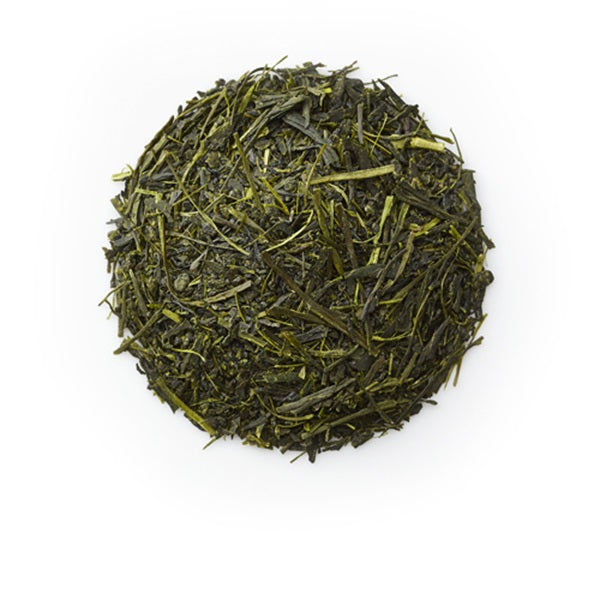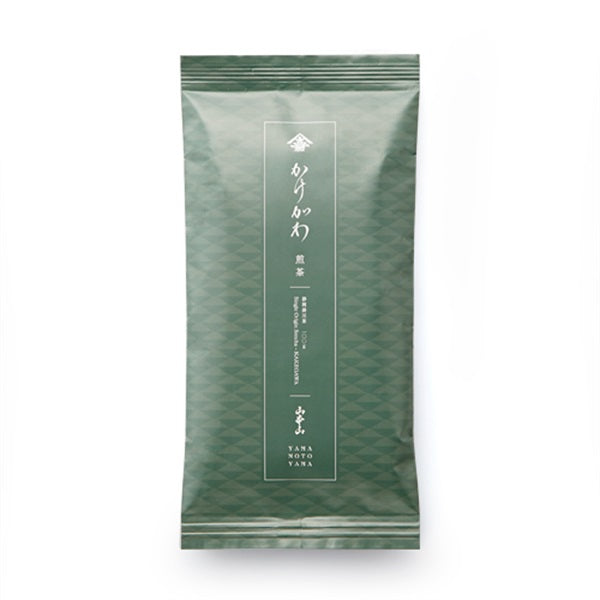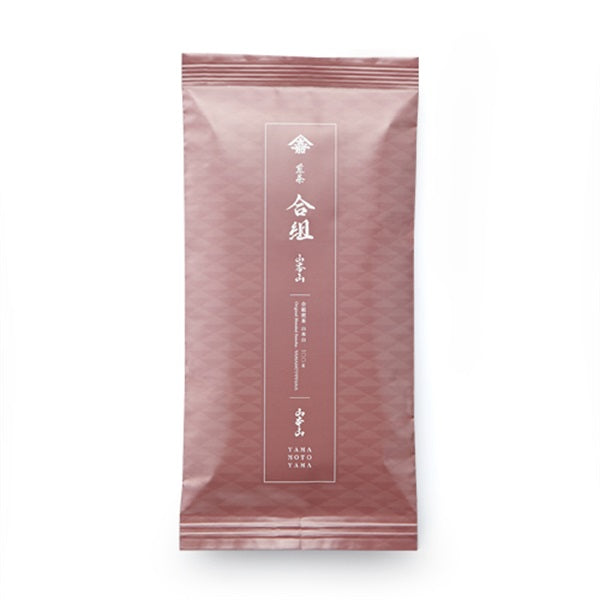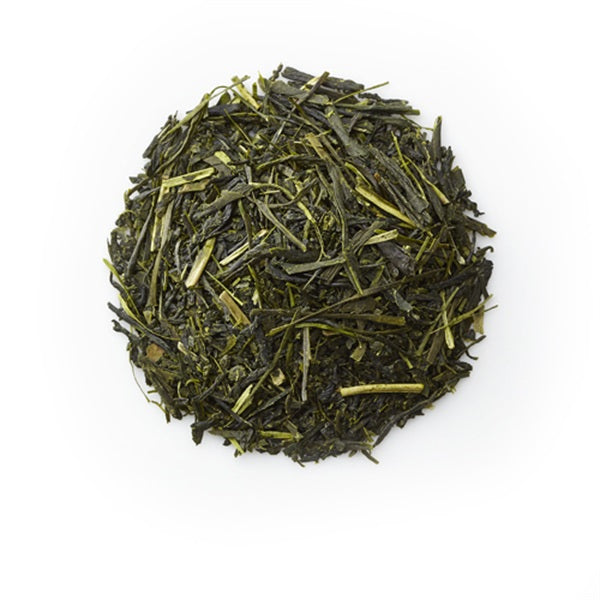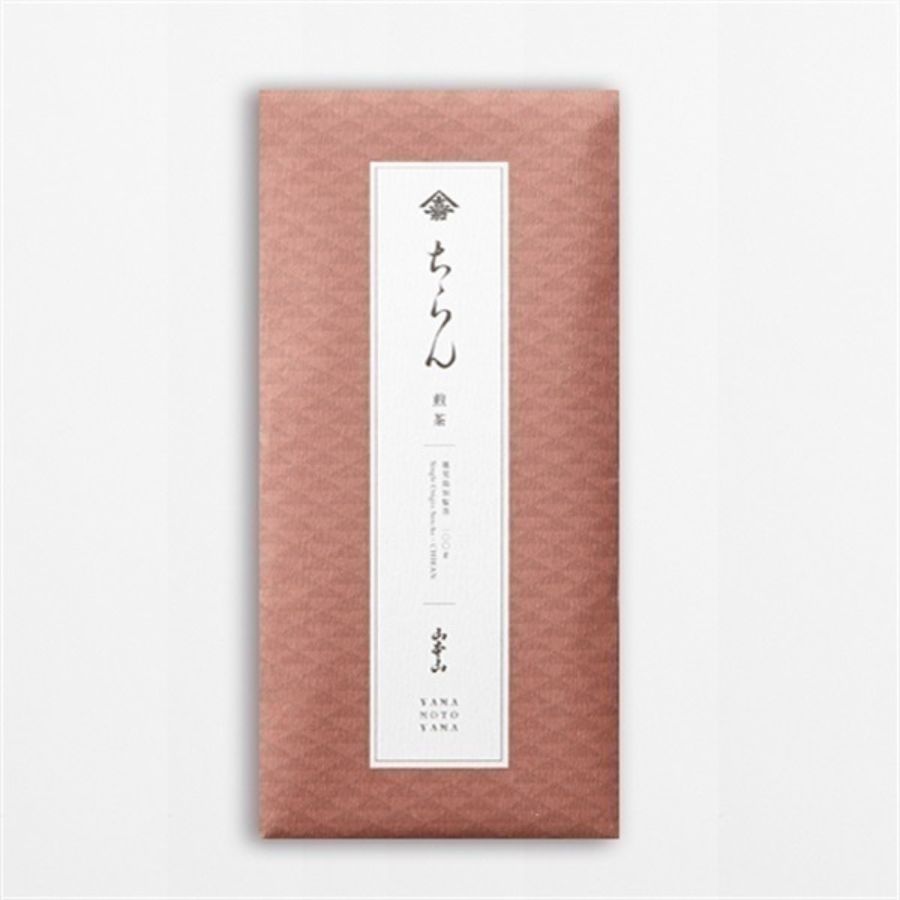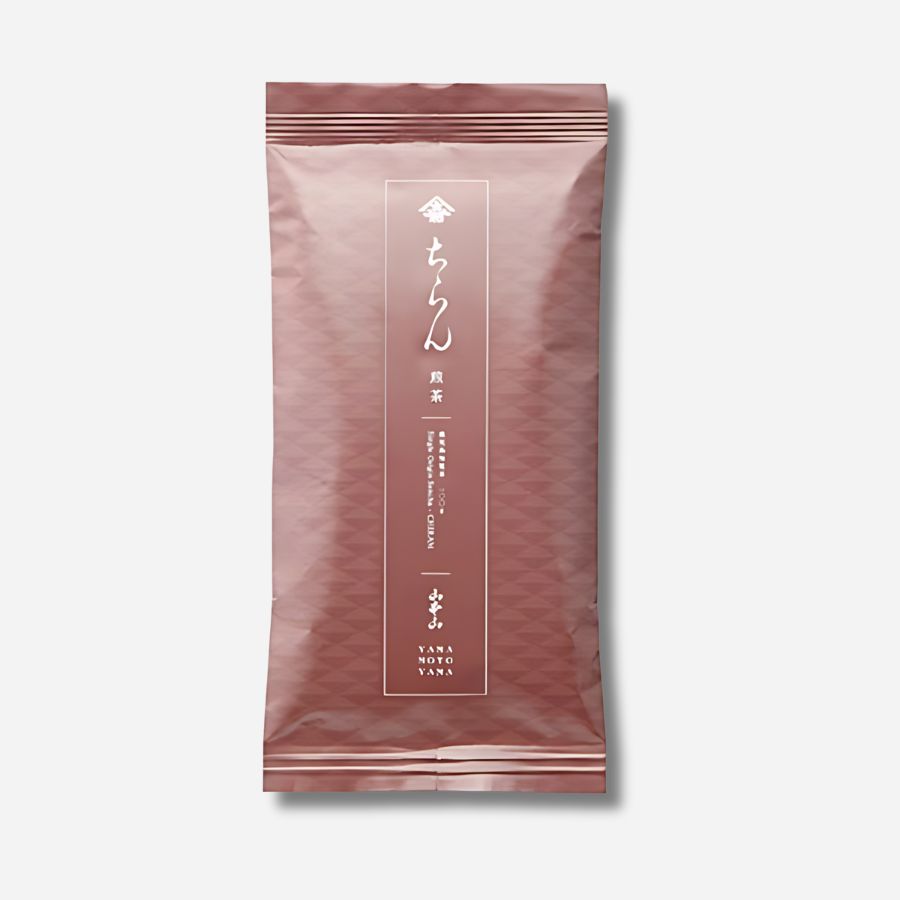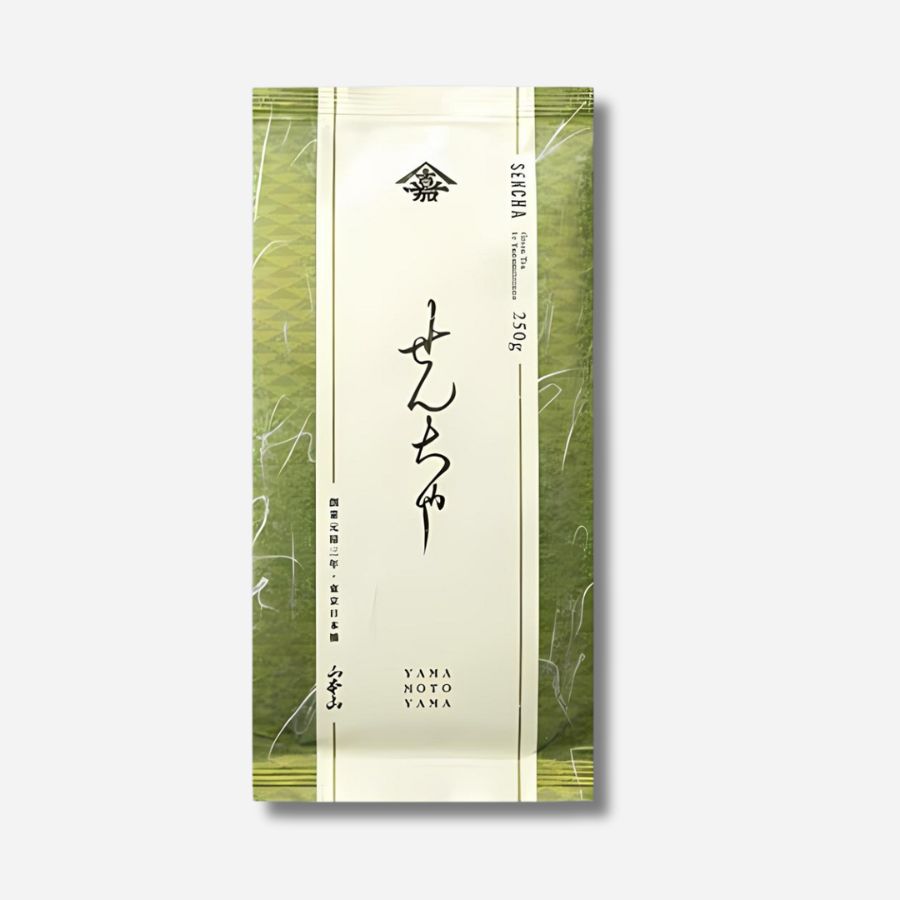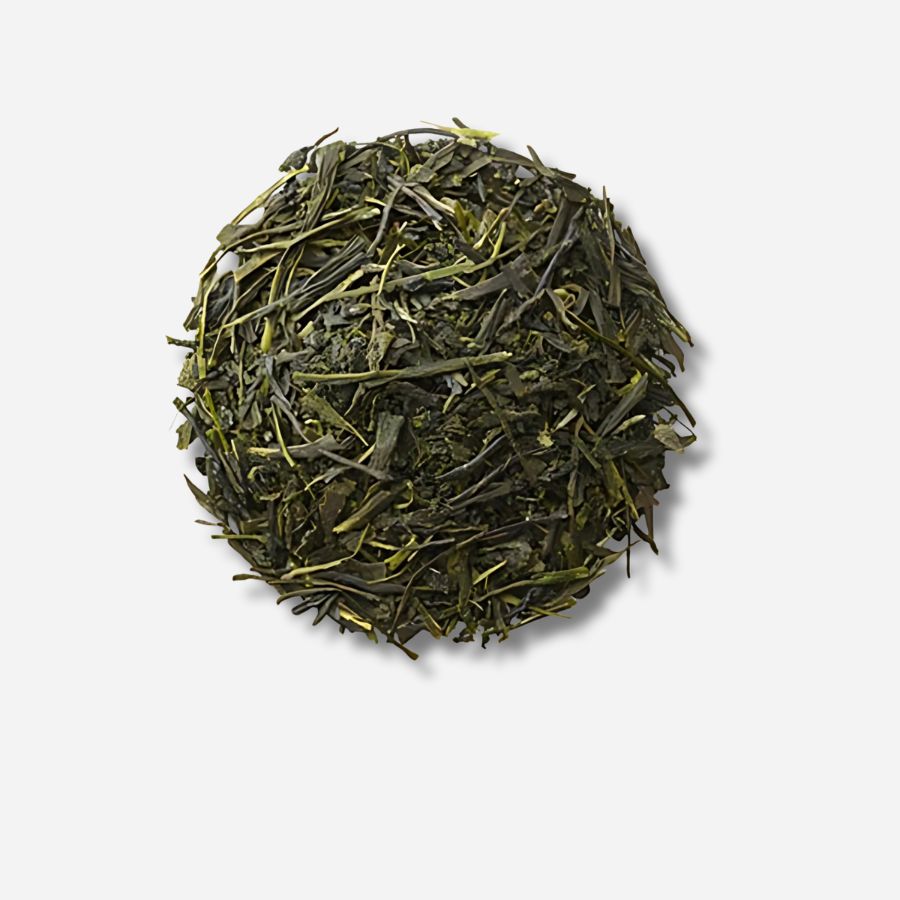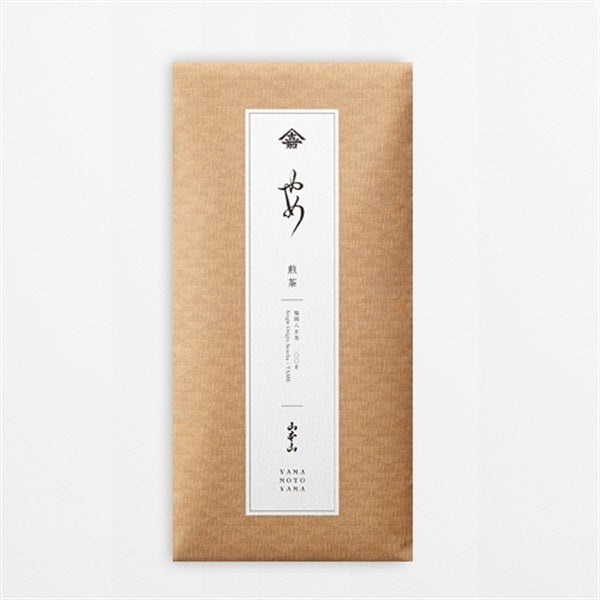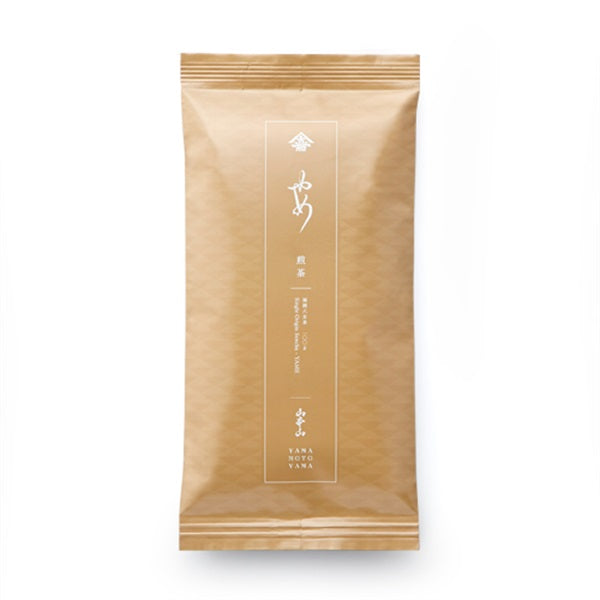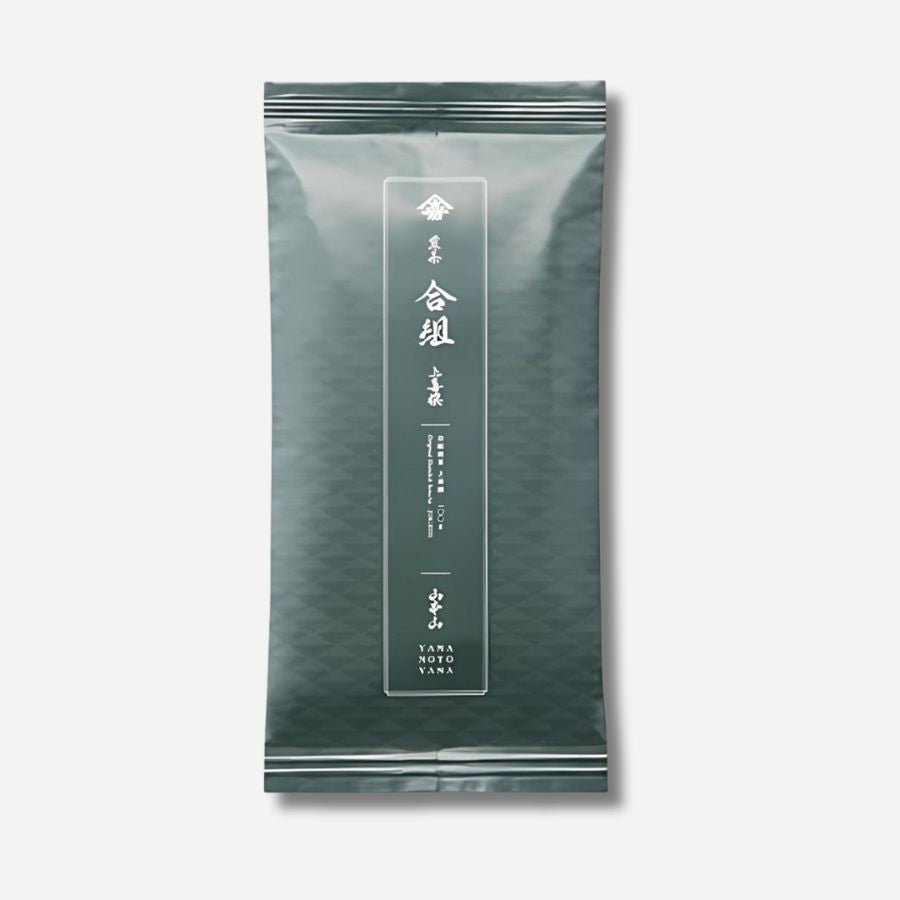
The difference in taste created by fermentation! A detailed explanation of different types of tea
Unfermented green tea
Unfermented tea is a general term for tea that is made without fermenting the tea leaves.
Freshly picked tea leaves are immediately heated to high temperatures to instantly stop the activity of the enzymes contained in the tea leaves.
This heat treatment prevents the tea leaves from oxidizing, preserving their vibrant green color and fresh aroma.
The green tea that is familiar in Japan is a typical example of this unfermented tea.

Japanese Green Tea and Chinese Green Tea
Green tea can be broadly divided into Japanese green tea and Chinese green tea.
Both are made by stopping the fermentation of tea leaves at an early stage, but there are big differences in their manufacturing methods.

Japanese green tea is mainly made using a method called "steaming," which involves heating the tea with steam.
Steaming the raw leaves preserves the vivid green color of the leaves and brings out their umami and sweetness. Representative Japanese green teas include Sencha, Gyokuro, and Matcha.

On the other hand, Chinese green tea is generally made by a method called "pan-roasting," which involves roasting and heating the tea leaves in a pan. Roasting the tea leaves in a pan gives them a unique fragrant aroma and a rich flavor. This aroma is called "pan-roasting."
Most of the tea produced in Japan is green tea, and among that, the most commonly produced is kettle-roasted Tama Ryokucha.
In recent years, the production of fermented teas such as black tea and oolong tea has increased in Japan. Domestic black tea, known as "Wakocha" or "Jikocha," is attracting attention for its delicious taste when drunk straight, and is gradually becoming more popular.

Fermented tea: black tea and oolong tea
Tea in which the components of the raw leaves have been deliberately changed is called "fermented tea."
When making fermented tea, the tea leaves are first withered. During this process, called withering, the water in the tea leaves evaporates and the enzymes are activated.
The withered tea leaves oxidize as they come into contact with the outside air, developing a unique aroma and color.

Tea that has had this oxidation stopped halfway is called "semi-fermented tea."
Oolong tea is a typical example of this semi-fermented tea. There are many different types of oolong tea, ranging from light to rich aromas, depending on the degree of oxidation.
On the other hand, black tea is the product of maximum oxidation. Black tea is the most widely consumed tea in the world, and is characterized by its rich aroma and deep flavor.

summary
How was it?
In this way, the type of tea is determined by how the tea leaves are fermented. By adjusting the degree of fermentation, we can enjoy the diverse charms of tea.




